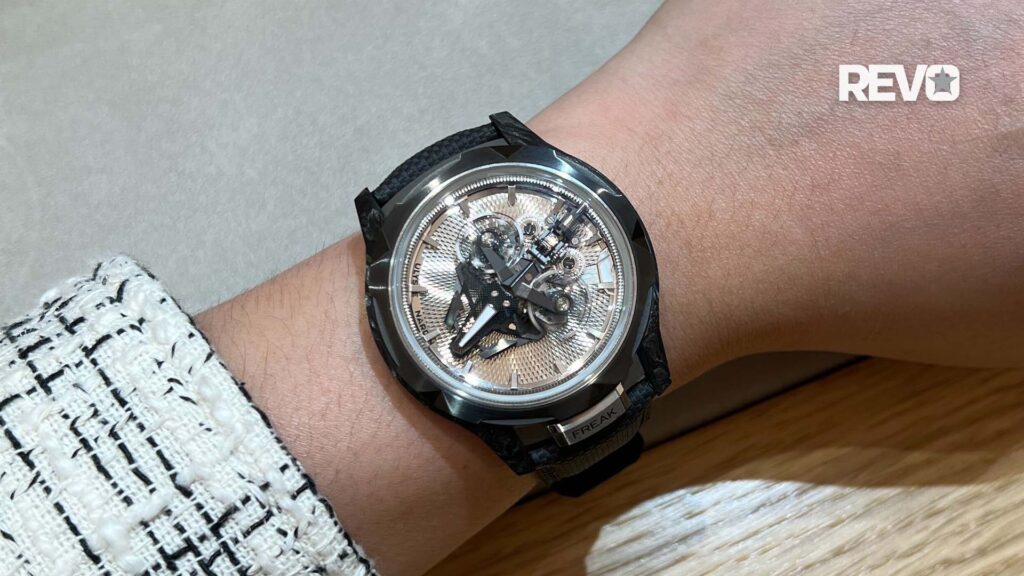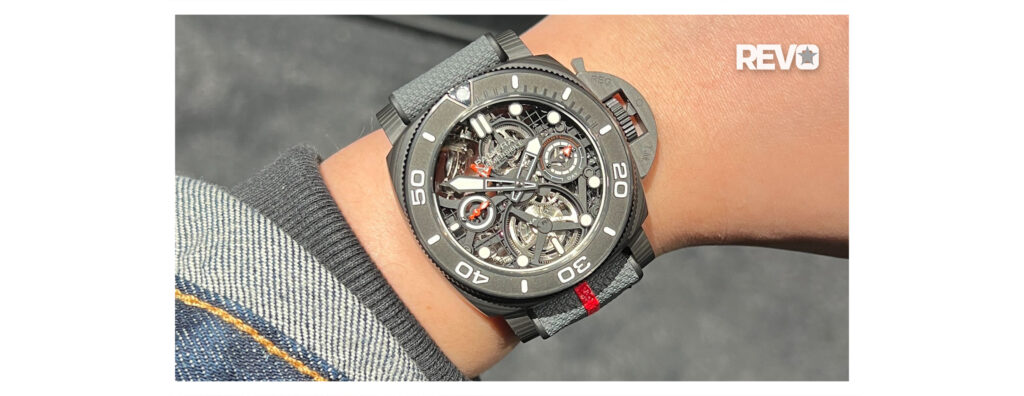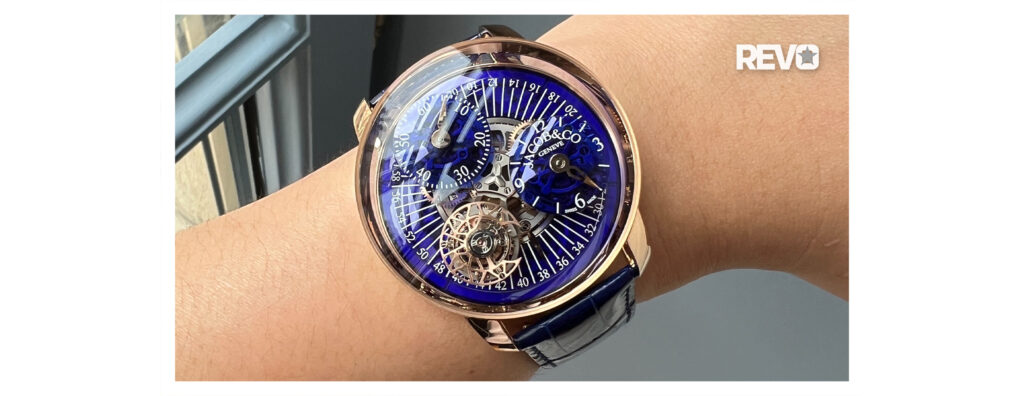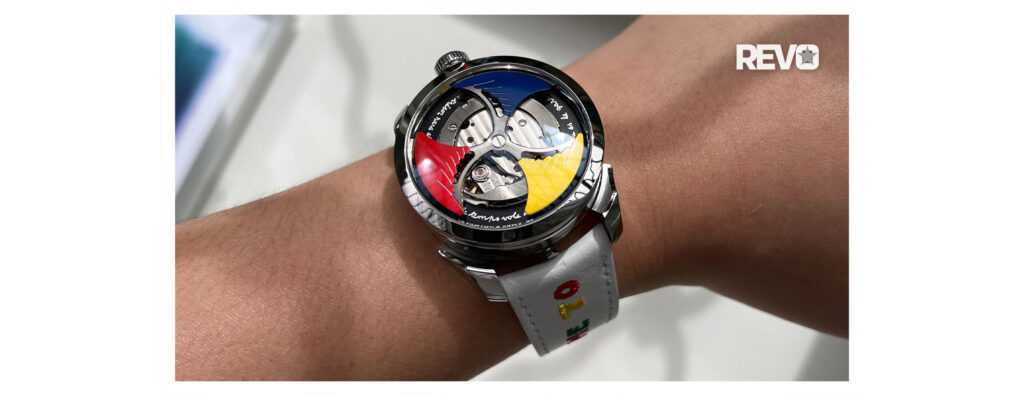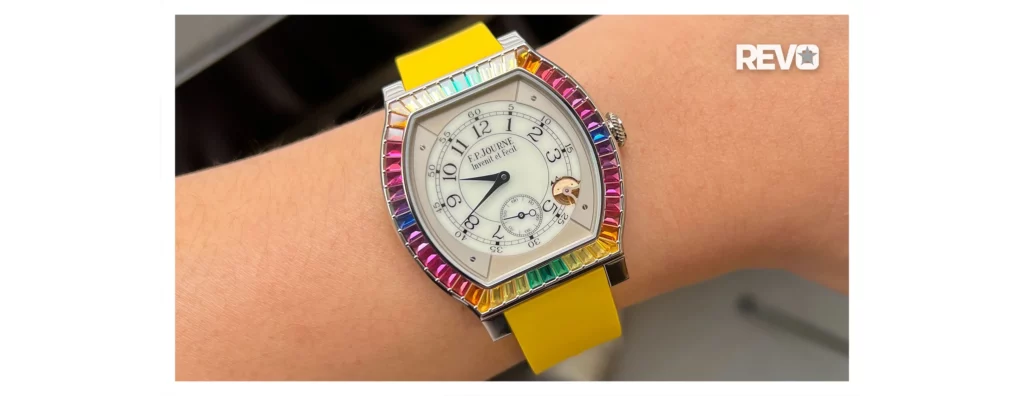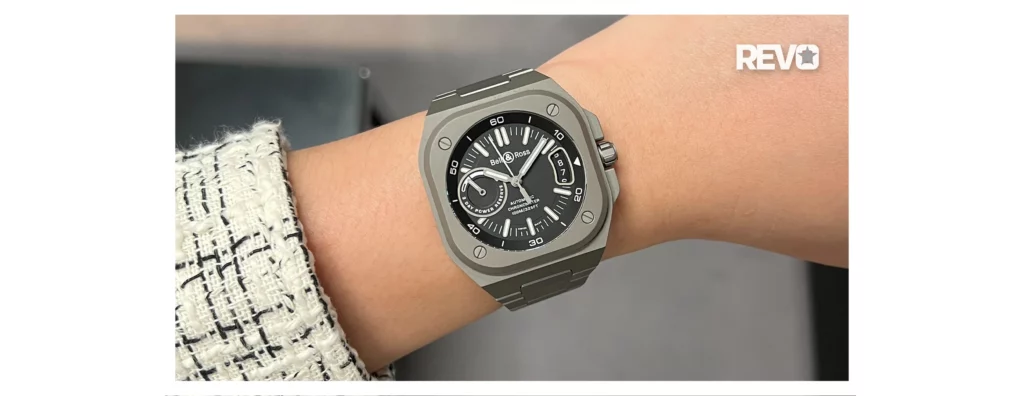News
Long Jumper & Seiko Ambassador: Darya Klishina
Have you always been sporty?
Like any other child, I danced and swam from an early age. I started track and field at 11, but before that I played volleyball at school. In my home town Tver, which is 200km from Moscow, there is a race every May in the centre of town. I was one of the best sprinters in my school and was competing for them when a local track and field coach saw me and asked if I wanted to do some track work with him. I went to the club and for a couple of weeks and I loved it. My parents never pushed me but they told me I had to decide between team sport and individual sport.
I remember during a volleyball tournament when I managed to reach a difficult ball. My team did not have faith I could reach it, so they stood around and the ball just fell. I was really upset and realised it takes teamwork to be the best. I like to rely on myself so I decided to concentrate on athletics. At first, I did all events – if you have a good coach he will not put you on one event from the first day, when you are a child, you need to do everything to improve your physical condition. After a year my coach said he could see me in long jump. I tried to do triple jump, too, but I was not strong enough as I was growing fast and my spine was not up to it. I was tall and skinny but had no muscles.
What skills do you need to be a good jumper?
The most important thing is that you have to be healthy and you also have to be fast – all through the early years I did indoor sprinting and outdoor relays with my team. It is important to have speed. I have heard people say that Usain Bolt can jump and with his speed added he should be a champion jumper. But sometimes, when you are really fast it is difficult to do the take-off because of the speed. Of course, you need a little talent, but being a good athlete is not only genetic it is the combination of skill and speed that makes a great jumper. Today, I see kids at the track and I can see straight away who the long jumper is because you can see that they are “bouncy”. You can tell from the way they walk.
When did you realise you could be a world-class athlete?
My results moved along slowly and steadily. I never had the shock result of going from 6m to 6.5m with nothing in between, it was all down to practice and I liked that because I could see my results going upwards consistently. I went to my first World Youth Championships in Ostrava in 2007 and won but then I had some problems with my body because I grew so fast and my muscles weren’t strong enough. It took time to build my strength up and I had lower back problems for two years after 2007 so I could not compete internationally. It was like a horrible big hole until 2009 when I came back and won the European Championships with a good PB.
After this, I was competing internationally with adults, while I was still just 17. I remember my first time in the Golden League [now the Diamond League] in Stockholm and I jumped something like 5.95m and came sixth. I was so happy and it was a big celebration for me – it was my first time in front of a big crowd, competing with girls jumping over 7m. From there it was up and up.
Why did you make the decision to go and train in the US in 2013?
It was a tough decision for me. I didn’t speak English and in Russia it is unusual to move to another country or have a coach that is not Russian. It is normal for other nationalities – a coach can have six athletes from six different countries but this does not happen in Russian culture. The move came about because I was having a difference of opinion with my coach at the time. We were together for nine years and I did well with her but as I grew, I developed my own ideas and this is not the way she worked. It all came to a head during the 2013 World Championships in Moscow. I had won Universiade 10 days before with a good result of 6.9m but due to over-training I went to the Worlds with an injured hamstring in my take-off leg. I ended up coming seventh with a jump of 6.76m.
I decided I had to change something. I was already working with IMG [New York-based global sports and talent management company] and they suggested going to the IMG academy in Bradenton, Florida. I went in mid-October 2013 and stayed for two months and it flew by. I didn’t speak English but my coach Loren Seagrave is used to that and we communicated with sign language and it worked. It was a new country and coach but it was easier than I expected. I came back to Moscow for the indoor season and then, in 2014, moved to Florida full-time.
How different is it working and training in Florida?
The main exercises are the same but they are just done differently. For a technical session in Russia you have to be fresh, with a light warm-up before. In the US it is the opposite, we can do a full-on weights work-out and then long jump straight after. At first it was hard because my body was not used to it, but now it is normal. When you change coach and programme, the body takes about a year to get into it because it is different for your muscles, your head, for everything. It takes time.
Bradenton is a funny town, there is not a lot happening there but I know it is just for part of my life and for training it is perfect because it is good weather all year round except June, July, August so in winter we never have to go inside. We have a great beach that I go to every Sunday – it has white sand and is bay-side, so it is very quiet. We saw a baby shark once but she was just lost and we have a manatee there and some dolphins. It is perfect for a vacation and my agent and parents come over in December when it is snowing in Moscow.
You fought hard to go to Rio, how important was it for you to be there?
My Olympic experience was definitely different than I imagined as a child, but I am happy that I have had that experience. At the time, it was a little too stressful for me. I was ready physically to compete, but the drama of the final week before the Games was hard and I spent too much emotionally on it. When I came to the track for the qualifiers, I was empty and this is the worst thing for an athlete. You have to have something – you can be nervous, happy, sad but you need something that you can use. I qualified and I wasn’t even able to be happy, just surprised.
You were seen as a spokesperson for Russia. This must have been hard?
I had to speak about anti-doping but that was not my intention or my goal. After the qualification round, we had to go through the “Meet Zone”, we couldn’t bypass it. This is where the media gathered – about 200 of them waiting for me – and it took me about an hour and a half to get through. My coach Loren got a media pass and he came to the middle of the Zone and took my hand and pulled me through the journalists because it was impossible for me to get through.
I definitely did not want to talk as my head was already a mess. I remember we had the court process for the appeal and it took longer than normal because they could not reach a decision. Loren came to my room at 4.30am the day before the qualifications to tell me we had won, but then I couldn’t sleep. It was all too close and I had nothing left. If I’d had a week maybe I could have recovered, but it was one day and it was impossible. But it’s OK, the experience has made me stronger.
Where are you now in terms of competing?
I am healthy and pretty much injury free. I do have a chronic issue with ankle but it is not my take-off leg and I have had it eight years, so I don’t pay any attention to it any more. The worst time in my jumping career so far was before Olympics when I couldn’t compete and I forgot how to jump. When I came back I had to relearn. I knew I could jump but I had a block because my body forgot how to compete. When you take-off, you can feel inside whether it is a 6.5m or 6.9m jump and if you lose this feeling it is really hard. I can’t describe what “it” is, it’s just a feeling inside. Now I have it back and I’m ready to go.
How did you get involved with Seiko?
Seiko first saw me when I won the World Youth Championships in Ostrava in 2007 and they were timing the event. They weren’t looking for an ambassador at the time, but they followed my career and in mid-2011 we started our partnership. Of course, I knew Seiko from the World Championships and, at the time, they were still the time partner for the European Championships. I would see the logo everywhere – the measuring is so important to a long-jumper – not so much the billboards or the stopwatches, but we are obsessed with the score boards and the yellow Seiko branding on them makes a big impression.
How did you feel when you found out Seiko had approached you?
Something that is always in my head is that for me Seiko is like a best friend; you don’t see him that often but he is always there for you. I have about 20 Seiko watches now with them all separated into three different styles – dress watches, casual and sports. I don’t wear them when I’m jumping, I did when I was younger but now I don’t like anything on my wrists.
I have always liked watches – especially the jewellery pieces. I don’t need them for the time, I have my phone for that, but it so nice to feel them and wear them. My latest watch is the solar-powered Premier Solar V137. The stainless-steel case and bracelet are practical but the mother-of-pearl dial makes it a perfect crossover piece that I can wear with my sports gear.
When I’m travelling I wear an Astron, which was a gift from Mr Hattori at the Beijing World Championships in 2015. The first time I crossed a dateline and saw it change I thought I had broken it – it had a life of its own. I was thinking: “This is a watch, not a phone. How can you change the time by yourself?” It is so useful, it follows you so you don’t have to follow time.
What are your future career goals?
I am aiming for Tokyo 2020 but there are still some big steps before I get there. After Tokyo, we will see. I will be 29 in Tokyo and, if I stay healthy, I can jump for maybe four more years.
I want to compete under the Russian flag again. I am sure it will happen and I hope soon. We have little information but there is a big meeting in November. It is a completely different atmosphere if you come to official competitions without your team, but for me it is a little easier this time round than for other Russian athletes, because I have experienced it before in the Europeans in Belgrade as well as in the Olympics. Now I feel comfortable but I still don’t like it. I want to compete like other athletes but we have to follow the rules and they are getting stricter. Currently we are not even allowed to talk about Russia in the Meet Zone, but maybe journalists don’t know the rules because everyone is still asking…




